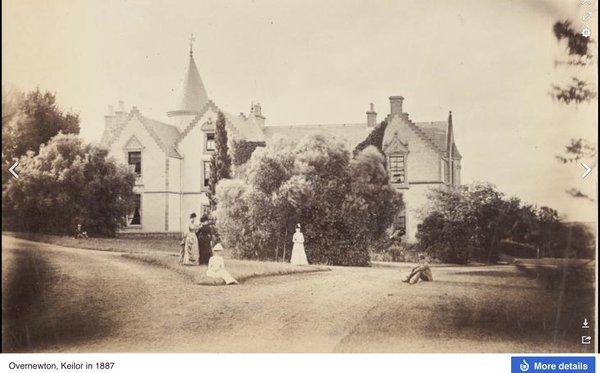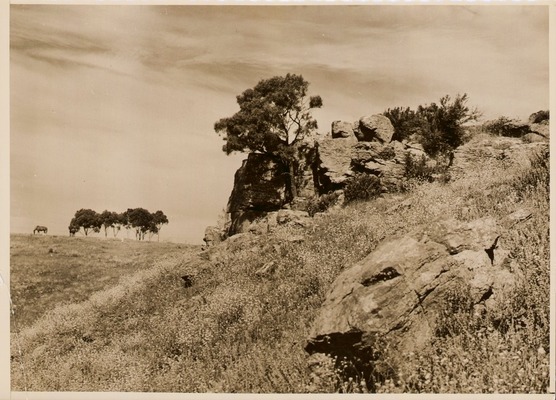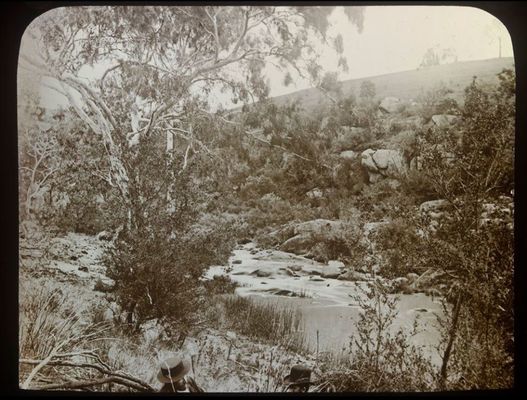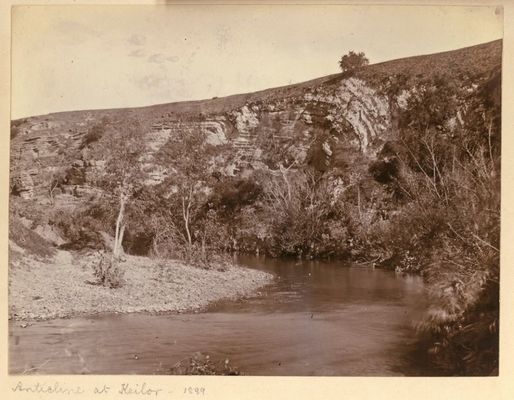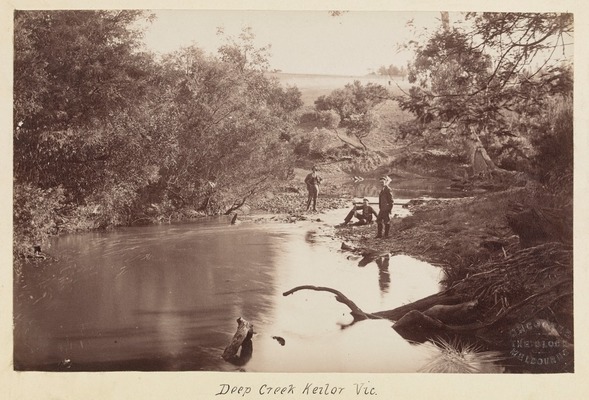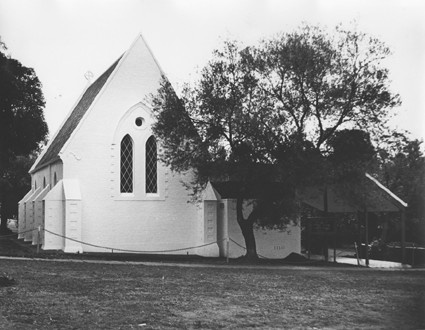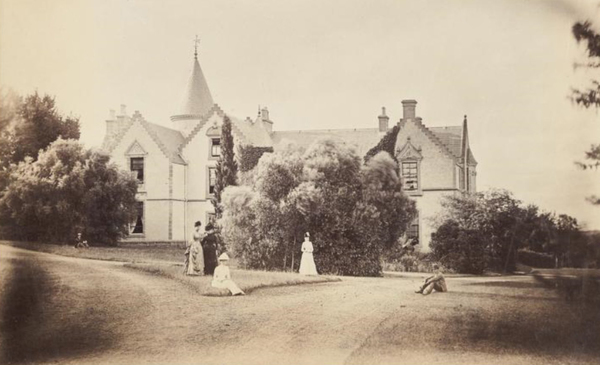Tate Papworth
Keilor holds a unique place within Brimbank.
A suburb unlike any other, it boasts a rich history and has evolved into a highly sought-after area for home buyers.
It’s easy to see why, with its close proximity to the Melbourne CBD and Brimbank Park.
But it also boasts an incredibly rich history, with many reminders of the past still visible today – from ancient fossils to historic bridges and churches that have stood the test of time.
The suburb featured prominently during the gold rush, often used as a camping place for teams returning from, or heading out, to fields in Castlemaine and Ballarat.
In 1854, Caroline Chisholm (now well-known for her humanitarian support of immigrant female and family welfare in Australia) began a campaign to provide cheap and safe accommodation for families of prospectors and newly-arrived immigrants, along the track to the goldfields.
Ten shelters and ten stoves were built and by 1855 they were ready for occupation.
The site of the former shelter shed at Keilor is located on Old Calder Highway, as you enter Keilor Village you can still see the site and an historic panel recording the history of the sheds.
But life in Keilor began well before the gold rush.
The Wurundjeri Aborigines inhabited the area for about 40,000 years, making Keilor one of the oldest inhabited sites in Australia.
One of the suburb’s most notable finds was the discovery of the Keilor Cranium in 1940.
The skull was found in the yellowish silt of an ancient terrace and is said to be that of a middle-aged aboriginal man.
Radiocarbon dating suggests the skull is between 12,000 and 14,700 years old.
It’s now been placed in a museum.
Other reminders of Keilor’s past still remain in town.
Overnewton Castle, the residence of William Taylor, is a popular location for weddings and functions.
First built as a single-storey, six-roomed colonial cottage, the homestead remained in the hands of the Taylor family until the 1950s. The second storey was built in 1859
Dr Leslie Norton bought Overnewton Castle with his wife and young family in 1975 and have restored the iconic residence over the decades.
A few kilometres from the castle lies a reminder of the suburb’s bush village days.
Christ Church Anglican Keilor was dedicated by Dr Macartney, Dean of Melbourne on January 28, 1877.
It replaced a corrugated iron building on the Old Calder Highway between Bonfield and Flora streets.
The building, complete with features such as an entrance porch, slate roof and pointed arched windows looks a little more weathered today, but still stands proudly.
One of the more visible landmarks around the town is the old iron bridge, which serves as passage over the Maribyrnong River.
The bridge was built in 1868 to replace the original timber bridge, which had been washed away.
According to an excerpt from the Argus newspaper at the time it was built, the bridge cost whole amount of the rates of the district for two years, together with a grant of 2000 pounds from government.
It proved money well spent, with the bridge remaining an eye-catching landmark more than 100 years later.


